
by Tara E. l July 22, 2024
Transitioning from chemically treated to natural hair can be challenging but rewarding. If you’ve been using relaxers, perms, or other chemical treatments, you might face difficulties as you grow out your natural hair. But don’t worry! You can minimize damage and make the journey fun and exciting with the right hairstyles. In this article, we’ll explore the challenges of transitioning, the risks involved, and some of the best hairstyles to help you through this process.
Challenges of Transitioning to Natural Hair
When you decide to go natural, you’re choosing to stop using chemical treatments on your hair. This can be tough for a few reasons:
- Two Different Textures: As your natural hair grows, you’ll have two different textures – the new growth at the roots and the chemically treated hair at the ends. This can make your hair difficult to manage.
- Breakage: The point where your natural hair meets the chemically treated hair is called the line of demarcation. This area is very fragile and prone to breakage.
- Dryness: Natural hair tends to be drier than chemically treated hair. To prevent damage, you’ll need to keep your hair moisturized.
- Time and Patience: Transitioning takes time and patience. It can take several months or even years to fully grow out your natural hair.
Risks Associated with Transitioning to Natural Hair
Transitioning to natural hair is not without its risks. Here are some of the potential issues you might face:
- Breakage: As mentioned earlier, the line of demarcation is very fragile. If you’re not careful, your hair can break at this point.
- Tangles and Knots: The different textures can cause your hair to tangle and knot, making it difficult to comb or brush.
- Scalp Issues: As your scalp adjusts to the new hair care routine, you might experience scalp issues like dandruff or itching.
- Frustration: The process can be frustrating, especially if you don’t see the desired results as quickly as you’d like.
How Hairstyle Choices Can Minimize Damage
Choosing the right hairstyles can make a big difference in your transitioning journey. Here’s how the right styles can help:
- Protective Styles: These styles protect your hair from damage by keeping it tucked away and minimizing manipulation.
- Low-Manipulation Styles: These styles require minimal styling, reducing the risk of breakage and tangles.
- Moisture-Retaining Styles: Some hairstyles help retain moisture, keeping your hair hydrated and healthy.
10 Best Hairstyles for Transitioning to Natural Hair
Here are ten great hairstyles that can make your transition to natural hair easier and more enjoyable:
1. Braids
Braids are a classic protective style that can help minimize damage. There are many types of braid hairstyles, including box braids, cornrows, French braids, and classy braided updos. Braids can last for several weeks, giving your hair a break from daily styling.
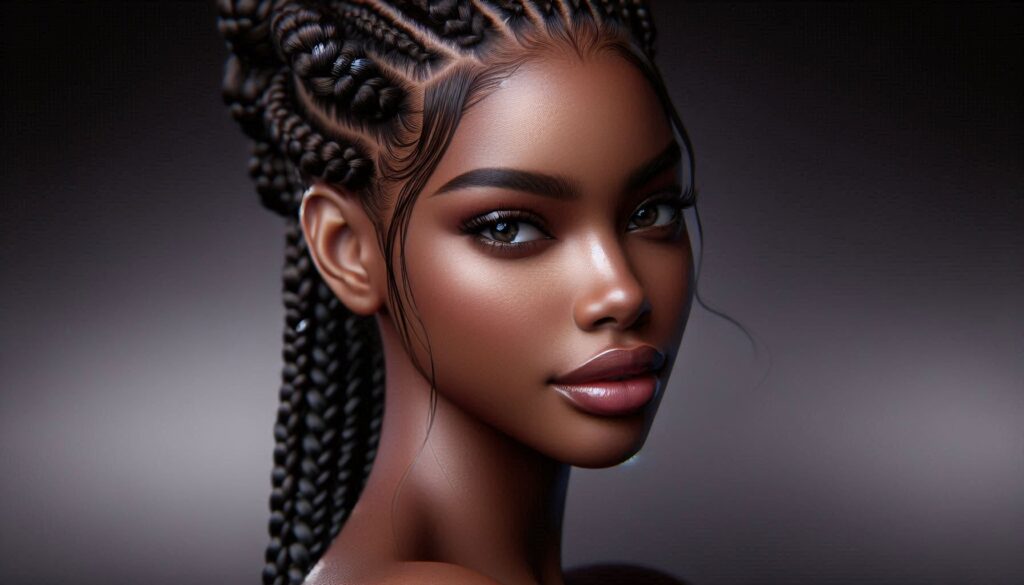
2. Twists
Twists are another excellent protective style. You can opt for two-strand twists or flat twists. Twists are easy to do and can be styled in various ways. They also help retain moisture and reduce breakage.
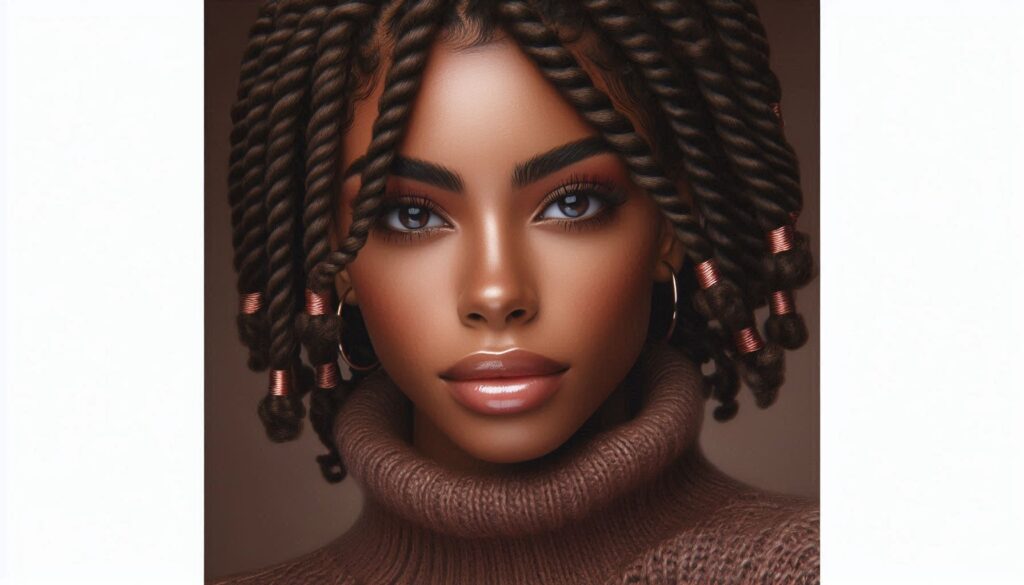
3. Bantu Knots
Bantu knots are a fun and stylish way to transition. They create a beautiful curly pattern when you take them out, which can help blend the two different textures of your hair. Bantu knots are also great for retaining moisture.
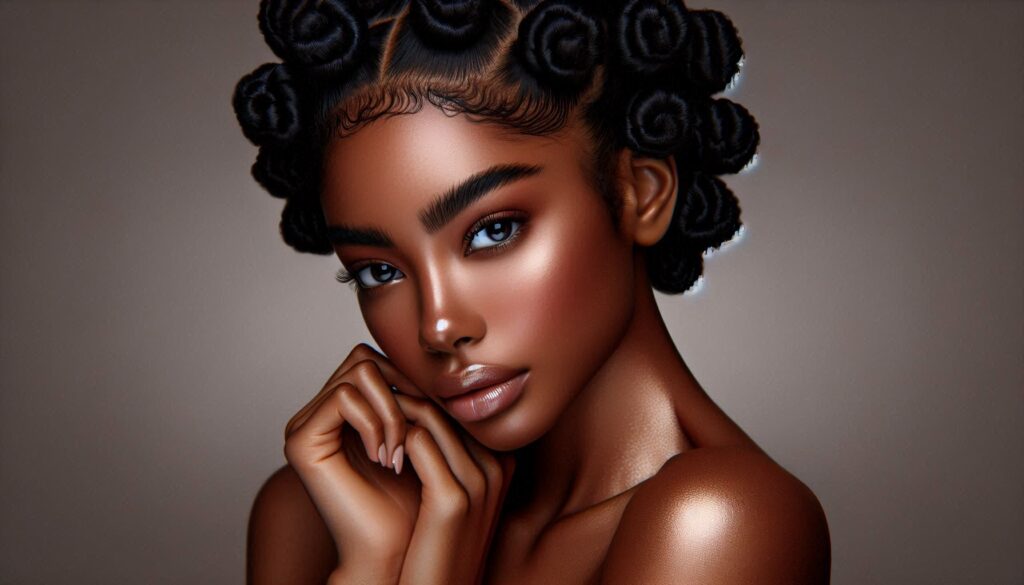
4. Roller Sets
Roller sets can help you achieve a smooth, curly look without heat. Simply roll your hair onto rollers and let it dry. This style helps blend the textures and reduces the risk of breakage.
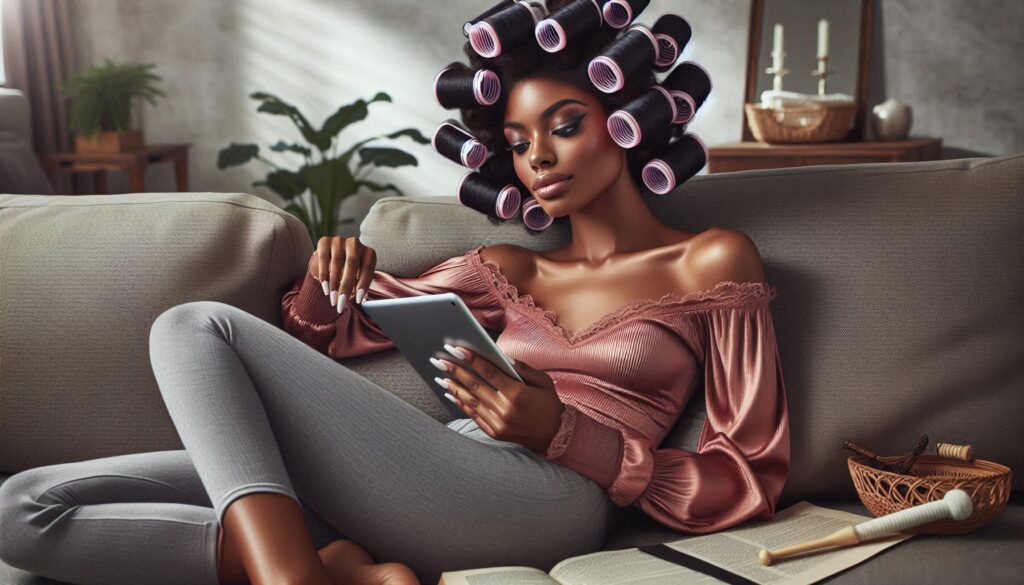
5. Wigs
Wigs are a versatile option for transitioning. They allow you to experiment with different looks without manipulating your natural hair. Wigs also provide a protective cover, reducing exposure to environmental damage. Are you afraid of wearing a lace front wig or using wig adhesives to hold your wig in place? Consider investing in a glueless wig.
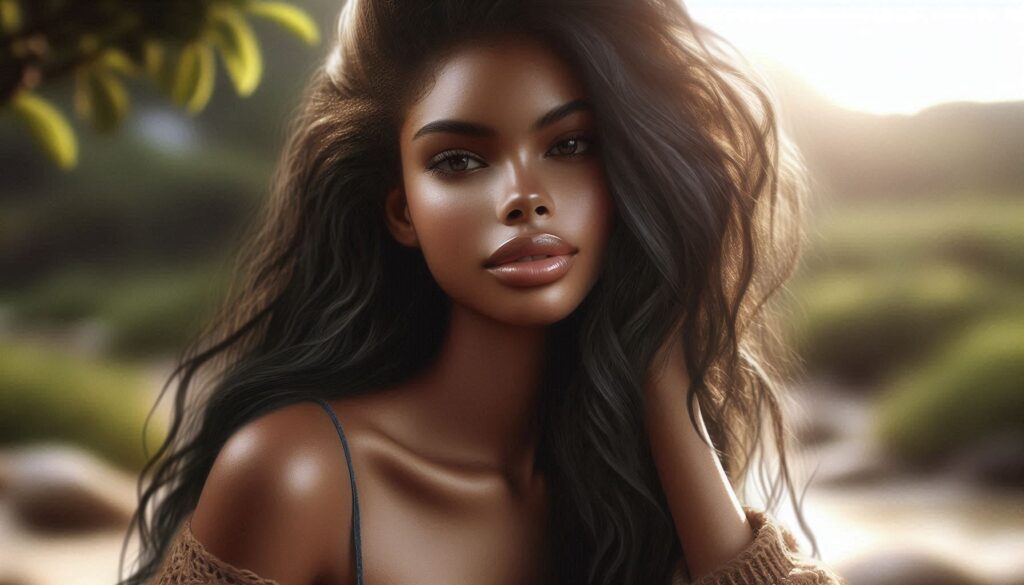
6. Head Wraps and Scarves
Head wraps and scarves are stylish and practical. They protect your hair from damage and can be worn in many ways. This option is perfect for days when you want a break from styling.

7. Updos
Updos, like buns and ponytails, are elegant and easy to do. They keep your hair off your face and protect the ends from damage. Updos can be dressed up or down, making them suitable for any occasion. Of course, if wearing ponytails, be careful not to wear them repeatedly or extensively as they can lead to tension alopecia or general hair breakage.
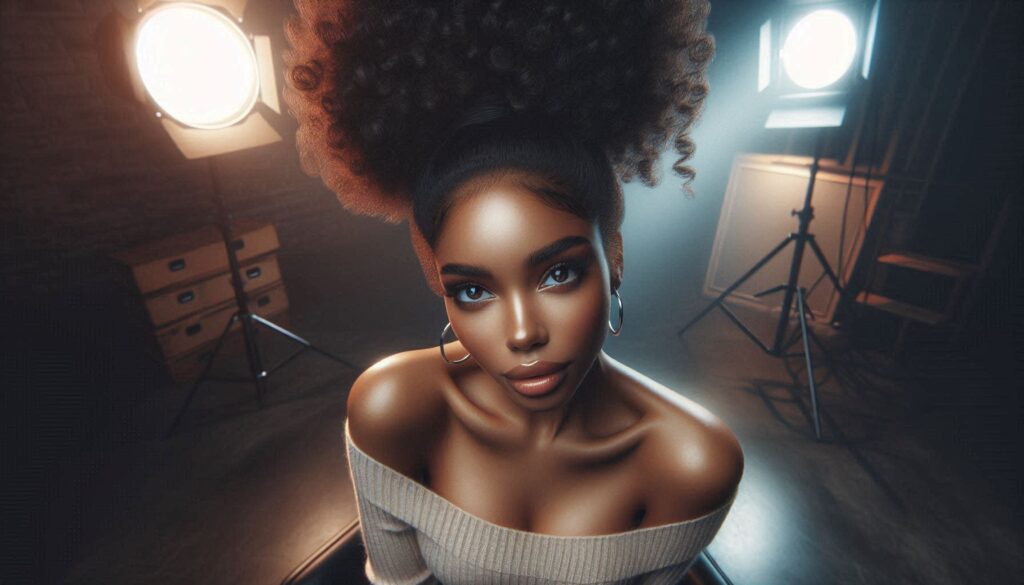
Updo Bun or Ponytail
8. Clip-Ins
Clip-in extensions are a great way to add length and volume to your hair and are available in a variety of textures. They blend well with natural hair and can be easily removed. Clip-ins allow you to try different styles without committing to a long-term look.
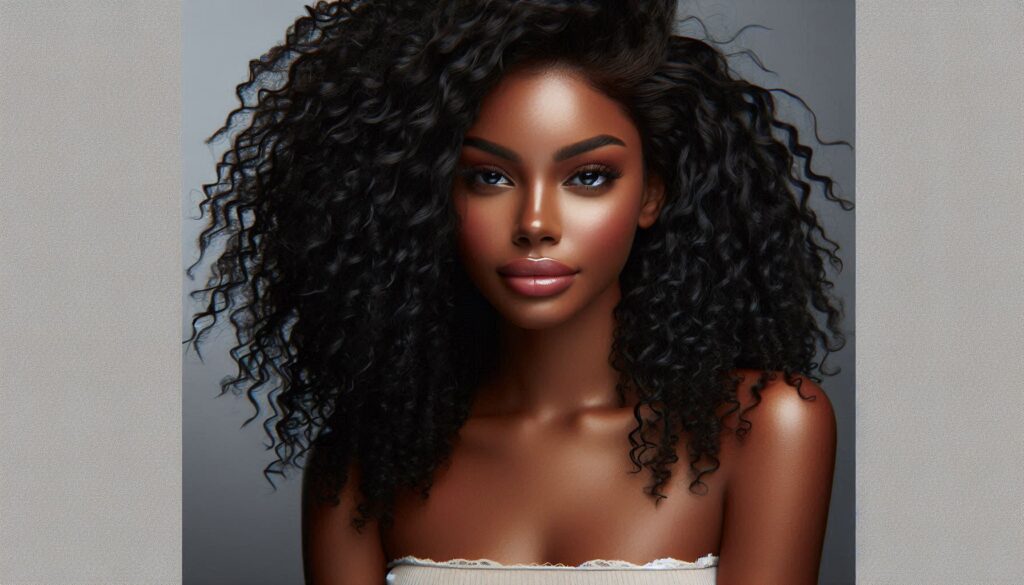
Clip-Ins
9. Flexi Rod Sets
Flexi rod sets create beautiful, bouncy curls without heat. They help blend the different textures and reduce the risk of breakage. Flexi rod sets are easy to do and can last for several days.

10. Flat Twists with Perm Rods
This style involves twisting your hair and then rolling the ends with perm rods. It creates a uniform curl pattern, helping to blend the textures. This style is perfect for retaining moisture and reducing breakage.
Tips for a Successful Transition
Here are some additional tips to help you through your transitioning journey:
- Stay Hydrated: Drink plenty of water and use moisturizing products to keep your hair hydrated.
- Be Gentle: Handle your hair carefully, especially at the line of demarcation. Use a wide-tooth comb or your fingers to detangle.
- Protect Your Hair at Night: Use a satin or silk pillowcase or a satin bonnet to protect your hair while sleeping.
- Trim Regularly: Regular trims will help eliminate the chemically treated ends and reduce breakage.
- Avoid Heat: Minimize the use of heat-styling tools to prevent damage.
- Be Patient: Transitioning takes time. Be patient and enjoy the journey.
Transitioning to natural hair can be a rewarding experience. Choosing the right hairstyles and taking good care of your hair can minimize damage and make the process fun and exciting. Remember, every person’s hair journey is unique, so find what works best for you and embrace your natural beauty.
References